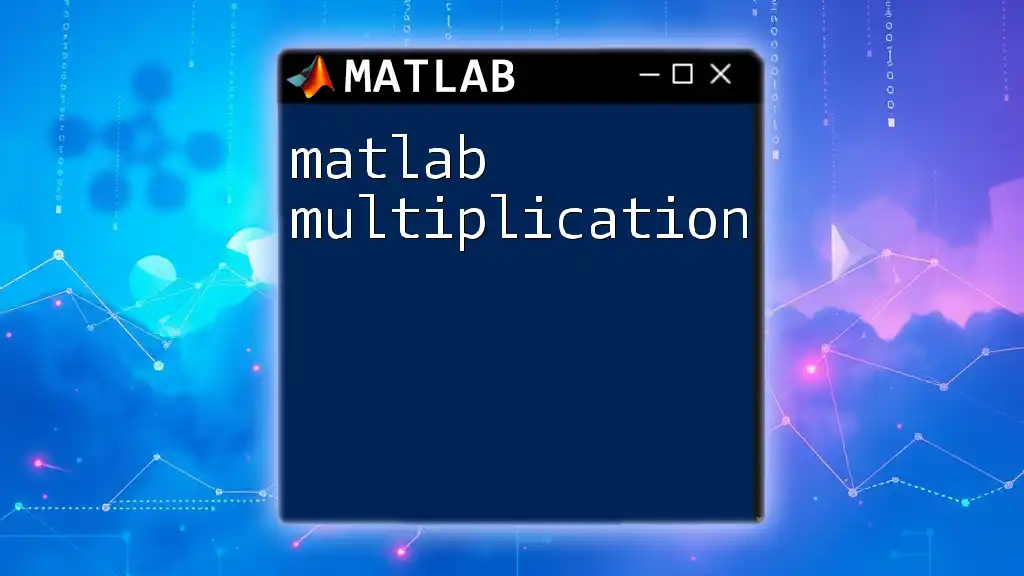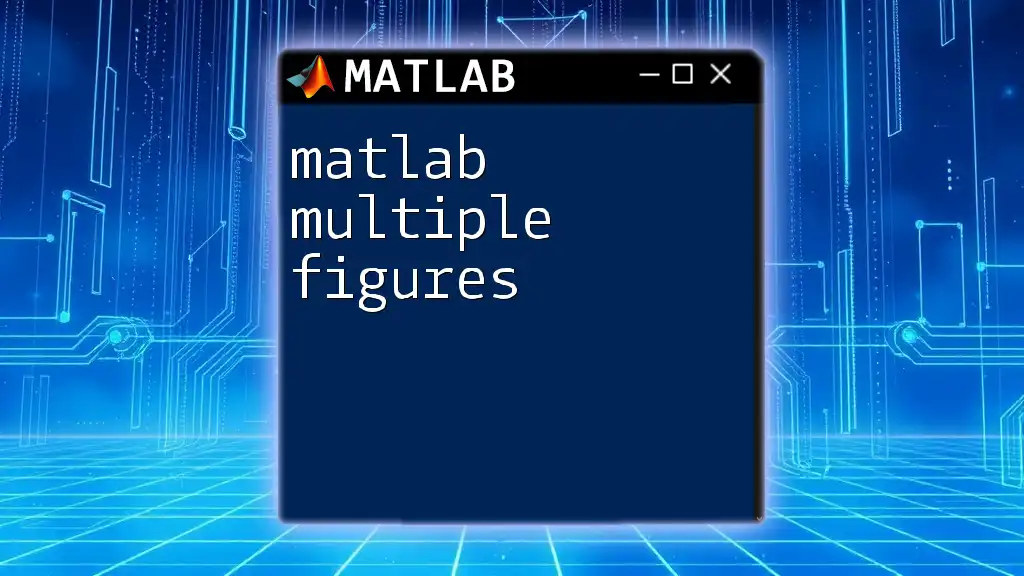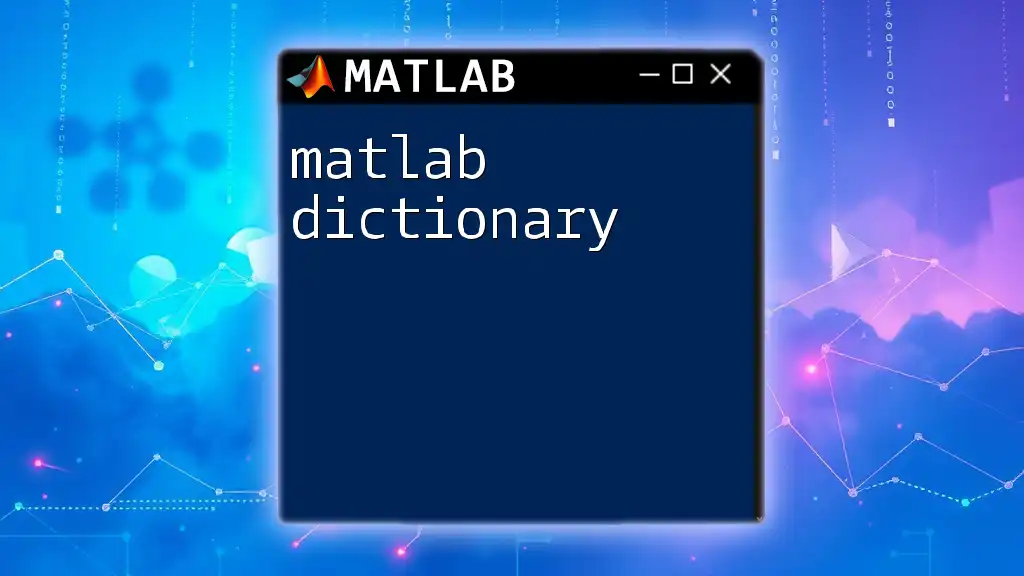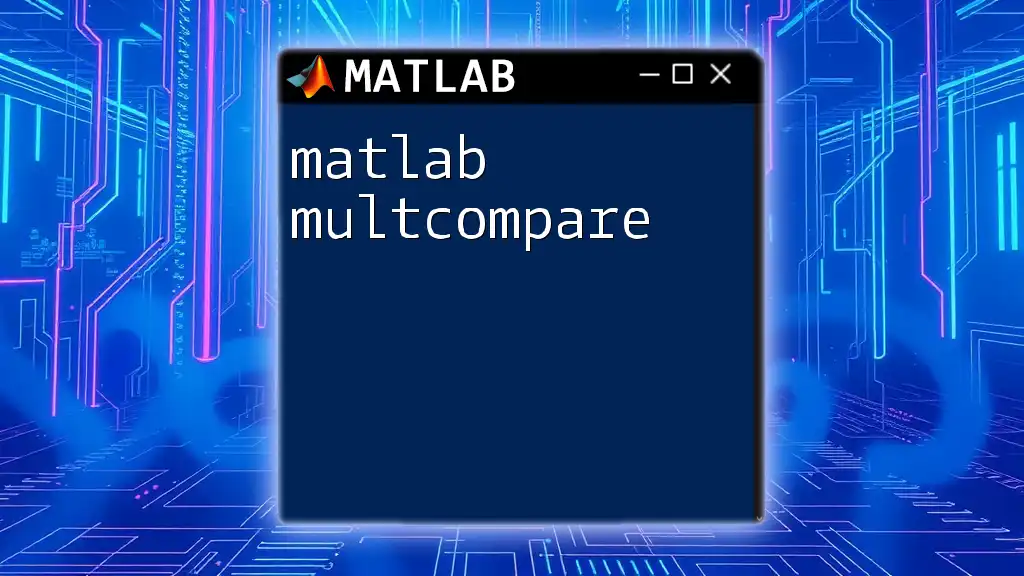In MATLAB, multiplication can be performed using the `` operator for matrix multiplication or the `.` operator for element-wise multiplication of arrays.
% Matrix multiplication example
A = [1, 2; 3, 4];
B = [5; 6];
C = A * B; % Result: [17; 39]
% Element-wise multiplication example
X = [1, 2, 3];
Y = [4, 5, 6];
Z = X .* Y; % Result: [4, 10, 18]
Understanding Multiplication in MATLAB
What is Multiplication?
In mathematics, multiplication is one of the four fundamental operations and can be thought of as repeated addition. In the realm of programming, multiplication is not just a simple arithmetic operation; it's a powerful tool that allows us to manipulate data effectively within various contexts. In MATLAB, multiplication plays a key role, especially in scenarios involving arrays and matrices.
Types of Multiplication in MATLAB
When working with MATLAB, it's essential to understand the different types of multiplication operations available.
Scalar Multiplication
Scalar multiplication occurs when you multiply a single number (a scalar) by each element of a matrix or array. This operation scales all elements of the matrix.
For example:
scalar = 3;
matrix = [1, 2; 3, 4];
result = scalar * matrix;
The output will be:
result =
3 6
9 12
Matrix Multiplication
Matrix multiplication uses the dot product of rows and columns, governed by specific rules: the number of columns in the first matrix must equal the number of rows in the second matrix. If you try to multiply matrices that do not comply with this rule, MATLAB will return an error.
Example of matrix multiplication:
A = [1, 2; 3, 4];
B = [5, 6; 7, 8];
result = A * B;
The output will be:
result =
19 22
43 50
Element-wise Multiplication
This type of multiplication allows you to multiply matrices or arrays of the same size by executing individual multiplications for each element. Element-wise multiplication is performed using the `.*` operator.
Consider the following example:
A = [1, 2; 3, 4];
B = [5, 6; 7, 8];
result = A .* B;
The result will be:
result =
5 12
21 32
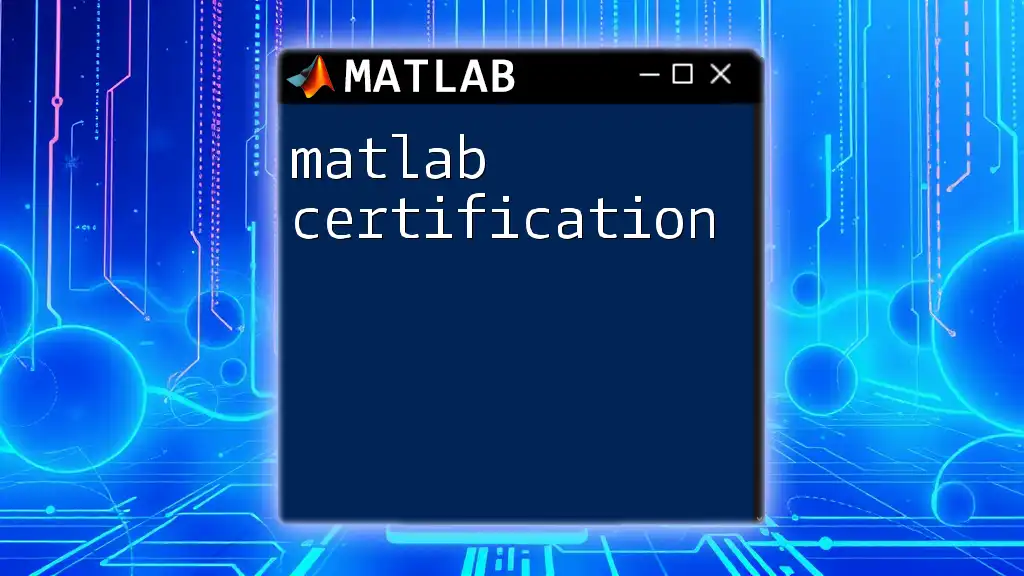
MATLAB Syntax for Multiplication
Basic Multiplication Syntax
In MATLAB, there are specific operators for different types of multiplication:
- `*` is used for matrix multiplication.
- `.*` is used for element-wise multiplication.
Understanding when to use each operator is crucial for obtaining the correct results in your calculations.
Using Functions for Multiplication
MATLAB also provides built-in functions to perform multiplication, which can be useful in certain contexts.
`mtimes` Function
The `mtimes` function is equivalent to the `*` operator and is used to perform matrix multiplication. This function can be particularly handy in more complex calculations or when dealing with function handles. Here's an example:
A = [1, 2; 3, 4];
B = [5, 6; 7, 8];
result = mtimes(A, B);
The output will mirror that of the previous multiplication example:
result =
19 22
43 50
`times` Function
The `times` function is used for element-wise multiplication, similar to the `.*` operator. Here's how to utilize it:
A = [1, 2; 3, 4];
B = [5, 6; 7, 8];
result = times(A, B);
The output would be:
result =
5 12
21 32
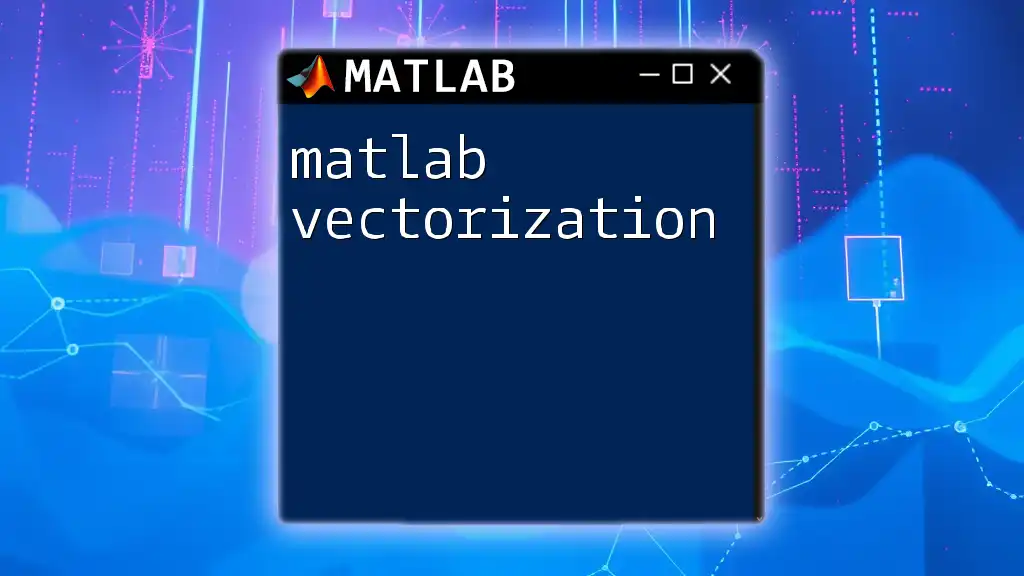
Practical Examples
Scalar and Matrix Multiplication
To understand how scalar multiplication operates, let's define a scalar and a 2D matrix, perform the multiplication, and observe the result.
scalar = 3;
matrix = [1, 2; 3, 4];
result = scalar * matrix;
disp(result);
This will display:
3 6
9 12
Matrix Multiplication in Action
Matrix multiplication follows strict dimensional rules. Let's define two matrices and multiply them:
A = [1, 2, 3; 4, 5, 6];
B = [7; 8; 9];
result = A * B;
disp(result);
The output will be:
50
122
This example illustrates how each entry in the resulting matrix is the sum of the products of corresponding row and column elements.
Element-wise Multiplication with Code
Finally, let's analyze element-wise multiplication with two vectors. This example will highlight MATLAB's flexibility in handling such operations.
A = [1, 2, 3];
B = [4, 5, 6];
result = A .* B;
disp(result);
The output will be:
4 10 18

Common Errors and Troubleshooting
Dimension Mismatch
One of the most common issues encountered in MATLAB multiplication is dimension mismatch. Before performing any multiplication, it's crucial to check the dimensions of your matrices or arrays. Use the `size` function to verify dimensions:
size(A)
size(B)
If you're attempting to multiply two matrices that do not conform to the multiplication rules, MATLAB will throw an error indicating that matrix dimensions are incompatible.
Operator Misuse
Another frequent mistake is using the wrong multiplication operator. For instance, forgetting to use `.*` for element-wise multiplication will lead to an error. Always keep the context in mind when deciding which operator to use.

Use Cases of Multiplication in MATLAB
Scientific Computing
In scientific computing, multiplication is often used for simulations and computations involving large datasets. Engineers and researchers frequently employ matrix operations for modeling systems, solving equations, and performing linear transformations.
Data Analysis
In data analysis, multiplication is key for statistical computations, where it is frequently used to calculate weighted averages, covariance matrices, and more. Understanding how to effectively utilize MATLAB's multiplication capabilities can streamline analysis workflows.
Engineering Applications
Engineers use multiplication for various applications, such as signal processing, control systems, and structural analysis. Leveraging MATLAB's powerful multiplication capabilities enables them to handle calculations efficiently in simulations and modeling tasks.

Conclusion
In summary, MATLAB multiplication encompasses various types of operations, including scalar, matrix, and element-wise multiplication. Mastering these concepts is crucial for effective programming in MATLAB. By understanding the syntax and functions available for multiplication, as well as best practices for avoiding common pitfalls, you will enhance your ability to execute complex calculations and analyses. Dedicate time to practice these commands, and they will become second nature, significantly improving your MATLAB proficiency.

Additional Resources
For more detailed exploration, refer to the [MATLAB documentation](https://www.mathworks.com/help/matlab/ref/mult.html) on multiplication, which provides examples and deeper insights. Additionally, consider engaging with books or online courses focused on MATLAB programming to deepen your understanding further.
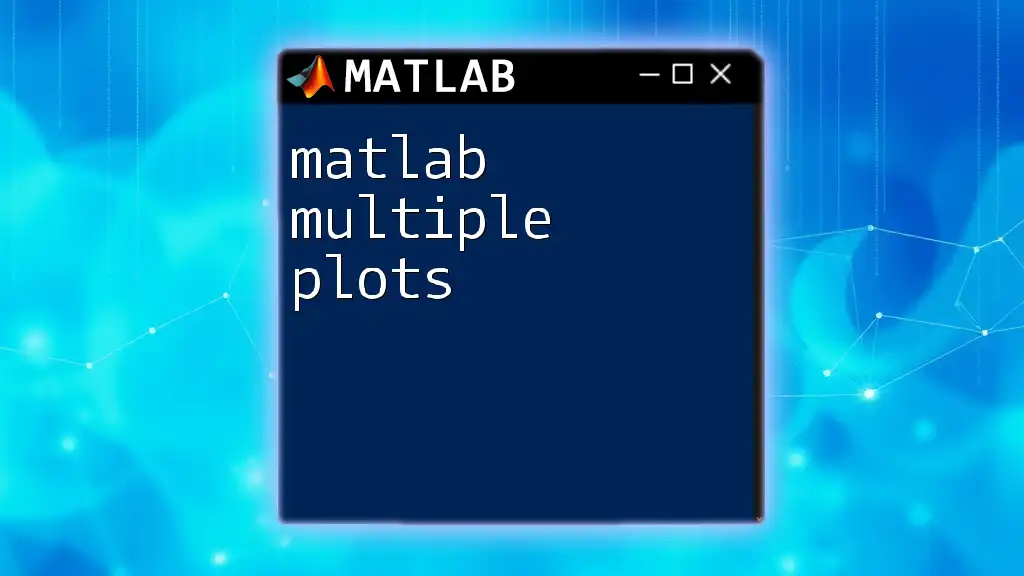
Call to Action
Have you encountered any unique scenarios while working with MATLAB multiplication? Share your experiences or challenges in the comments. Also, check out our services for a free trial of our MATLAB tutorial offerings that can accelerate your learning journey!

